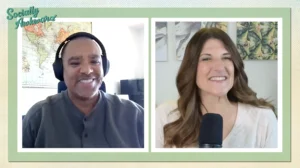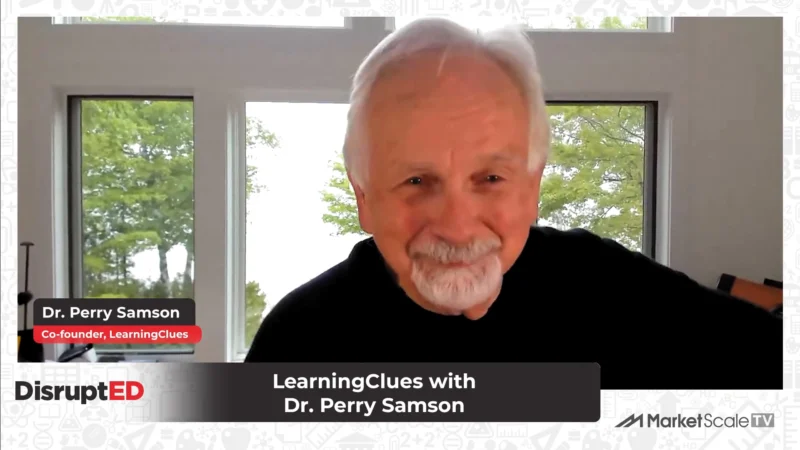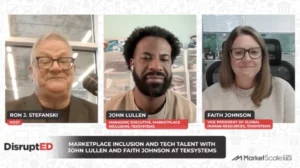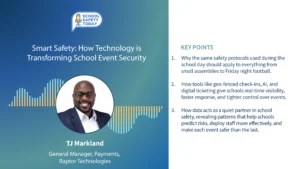Virtual Conferencing Becomes Solid State
While video may have killed the radio star last century, it is about to give birth to several new remote learning techniques, according to Jeff Rubenstein, VP of Product Strategy, for Kaltura. In this episode, Jeff talks about the immediate steps the video platform provider took to help its higher ed customers shift as well as some of the longer-term improvements that should be in store for these virtual experiences.
A recent whitepaper by Kaltura advises higher ed administrators on what needs to happen:
Flexibility
At the beginning of last semester, we had no idea that any of this would even be a concern. Things changed in a matter of weeks. While some areas of the world have started opening back up again, others remain mostly in lock down and still more have opened and are on their way to shutting once more. So any solution is going to have to be flexible. Expecting to start the semester and continue on the same plan is probably overly optimistic. Instead, multiple scenarios will need to be accounted for, not only for this semester but for the next one.
Creating an Experience
Many students were willing to cut some slack last semester. Everyone knew it was an emergency. (Although the clusters of lawsuits emerging heralds dissatisfaction to come.) But if schools—especially smaller, mid-tier schools— want their students to come back and stay, they’ll need to offer better. They need to not only make remote learning, which is going to be a necessary part of every school no matter their decisions, more effective and appealing. They’ll also need to find ways to continue to create a campus community and a sense of student life that will continue to differentiate their school.
De-densification
One major key for any school hoping to keep an in-person presence is to lower the density, both across campus, and in any given class or building. They need to make sure that no class exceeds a certain amount while still giving everyone a fair opportunity, while accommodating their differing needs and comfort levels.
Beyond the Student Body
It’s not just the current students who need to be won over. Their parents, many of whom are footing the bill, need to be wooed as well. Next year’s class (and the follow year’s) will have to be convinced to apply, without the benefits of traditional college tours and admissions processes. For many schools, trying to build up a financial cushion to weather the storm will be critical. But that means reaching alumni, with the economy in freefall and a host of worthy charities also clamoring for money, without the normal tools like football games and reunions.









